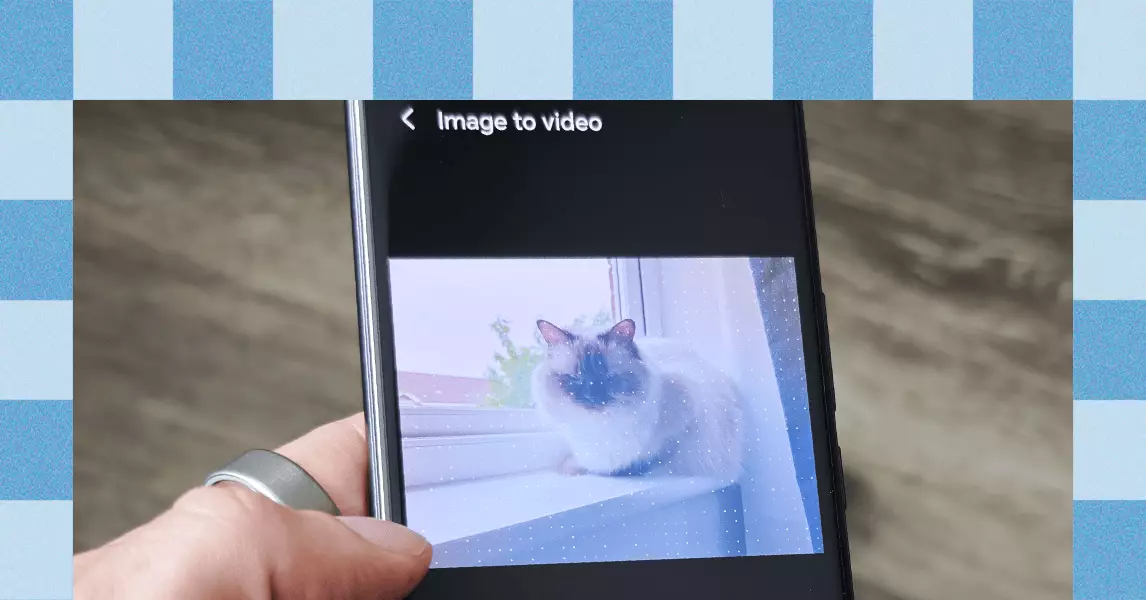The Honor 400 and Honor 400 Pro are making waves in the smartphone market—not for their specifications, but for their bold incorporation of Google’s revolutionary AI technology, specifically the Veo 2 model. Designed to fit comfortably in the midrange category, these phones may not grab headlines like premium devices. However, their capacity to turn static images into dynamic five-second video clips through the Honor Gallery app positions them as intriguing products at the intersection of photography and artificial intelligence.
Capturing Movement from Stillness
The process is surprisingly user-friendly. Users can simply access the Gallery app, navigate to the Create tab, and select the Image to Video feature. A few taps transform a still photo from mundane memory into a fleeting glimpse of motion, offering a new layer of interaction with personal memories or significant moments. However, it raises critical questions about the authenticity of our memories, effectively reshaping our perception of reality. While this technology can amplify creativity, it also opens doors to ethical dilemmas surrounding representation and consent, particularly when dealing with images of people.
The Double-Edged Sword of AI
A notable curiosity stems from the AI’s unpredictable nature. Users may experience a mix of awe and unease after watching the animated videos created from their cherished images. On one hand, there’s a genuine novelty in seeing loved ones move as if they were captured in real-time. On the other hand, the technology often struggles with realism, resulting in strange and sometimes unsettling approximations of who we are. For example, a wife animated from a snapshot may exhibit exaggerated facial expressions that feel disingenuous. This uncanny valley phenomenon casts a shadow over what should be a joyful experience of revisiting memories.
Beyond the Surface: Ethical Implications
AI-generated content challenges our understanding of authenticity in visual media. We’re at a crossroads where what we see should no longer be taken at face value. The manipulation of still images poses questions regarding consent—when we edit and animate photographs, are we exercising our creative freedom or violating the essence of the subjects depicted? As AI technology becomes more integrated into daily life, the need for responsible use and transparent communication regarding the boundaries between reality and fabrication becomes paramount.
A New Chapter in Visual Storytelling
As we step into this era of advanced visual technology, tools like those seen in the Honor 400 series signal the beginning of a new chapter in storytelling. The interplay between creativity and technology provides a canvas for artists, content creators, and everyday users to express themselves in unprecedented ways. However, this should not come without consideration. As AI takes the reins in shaping our memories, we must ponder how this innovation influences our emotional connections to the past and the authenticity of our experiences. The future of photography and video may be bright with AI, but we must navigate it thoughtfully.


Leave a Reply